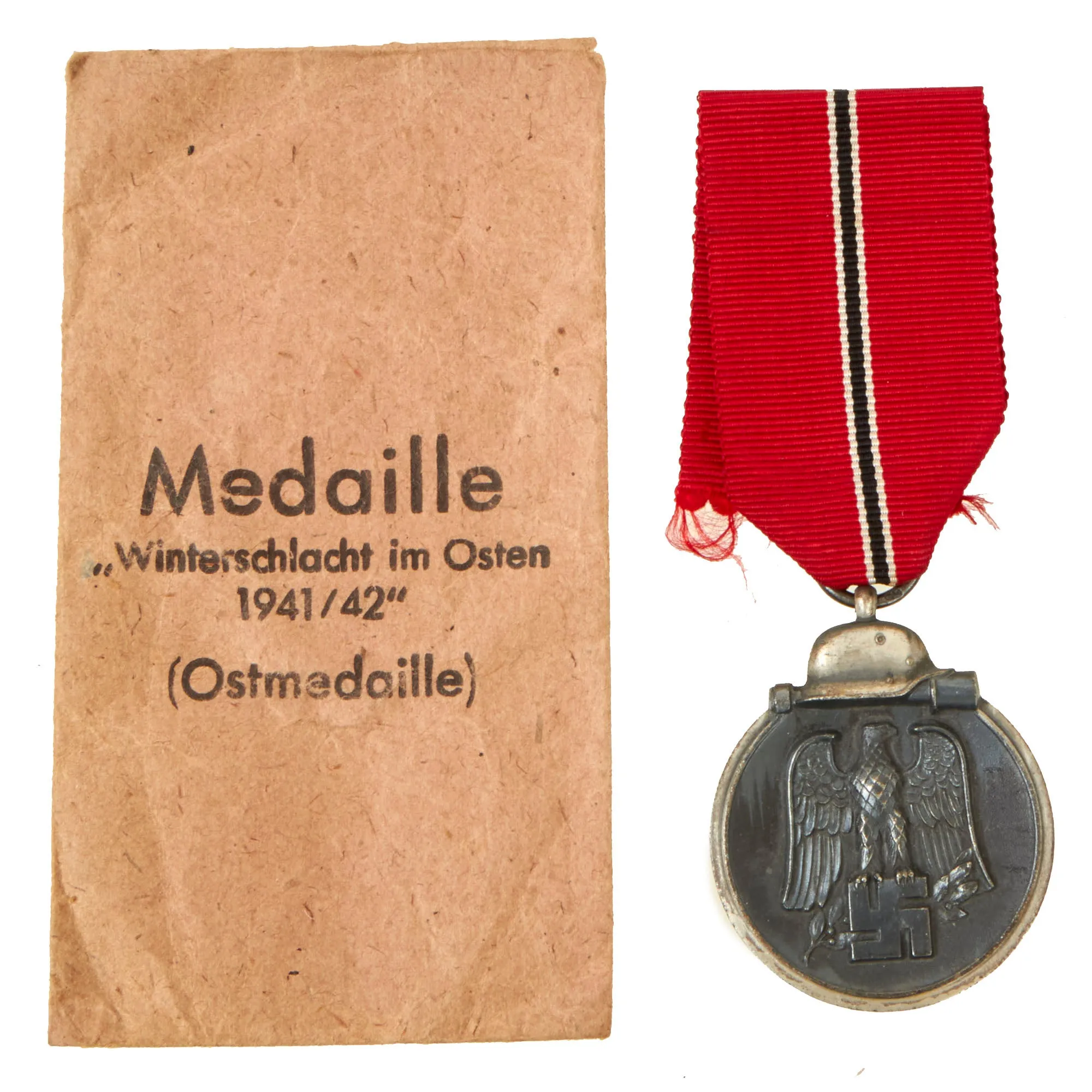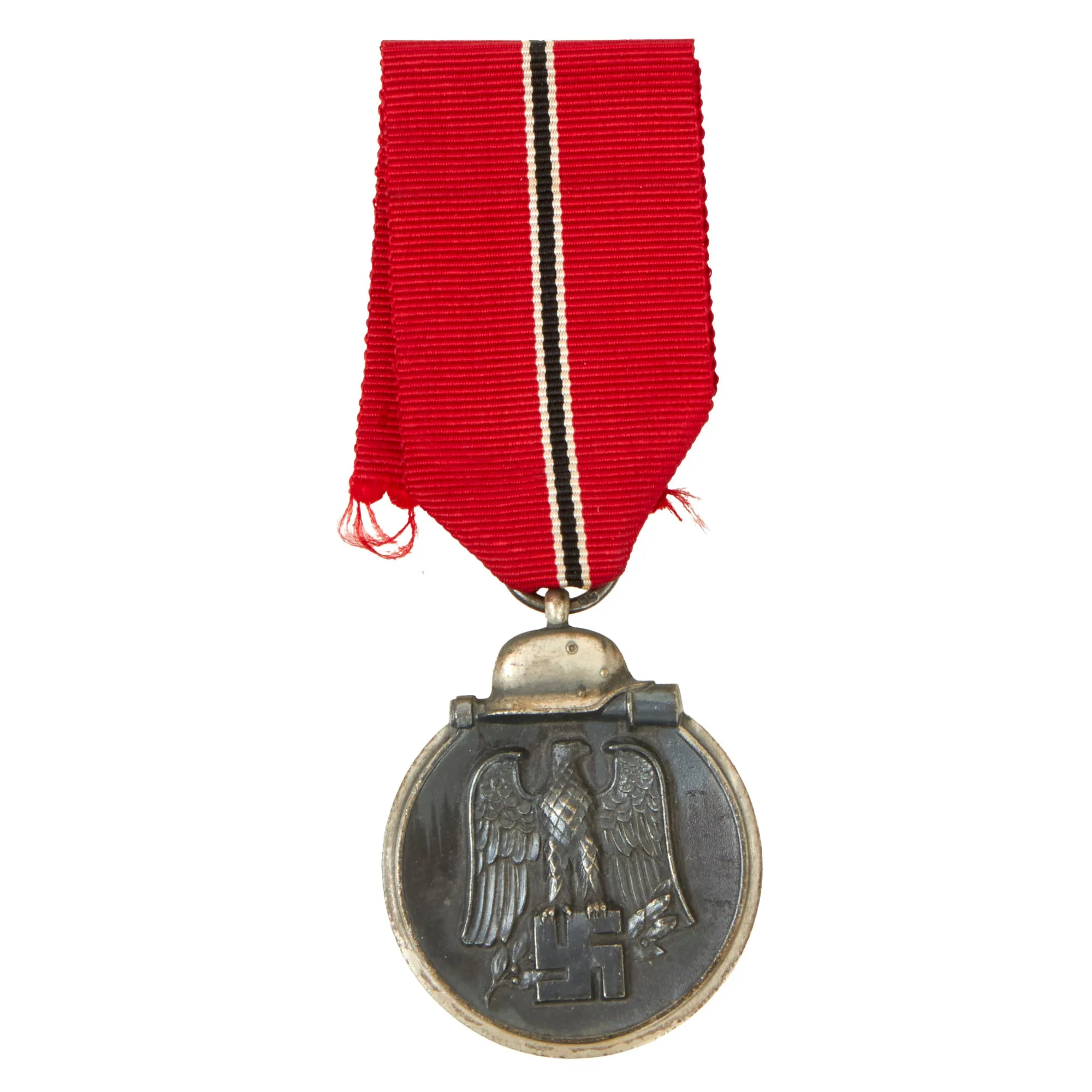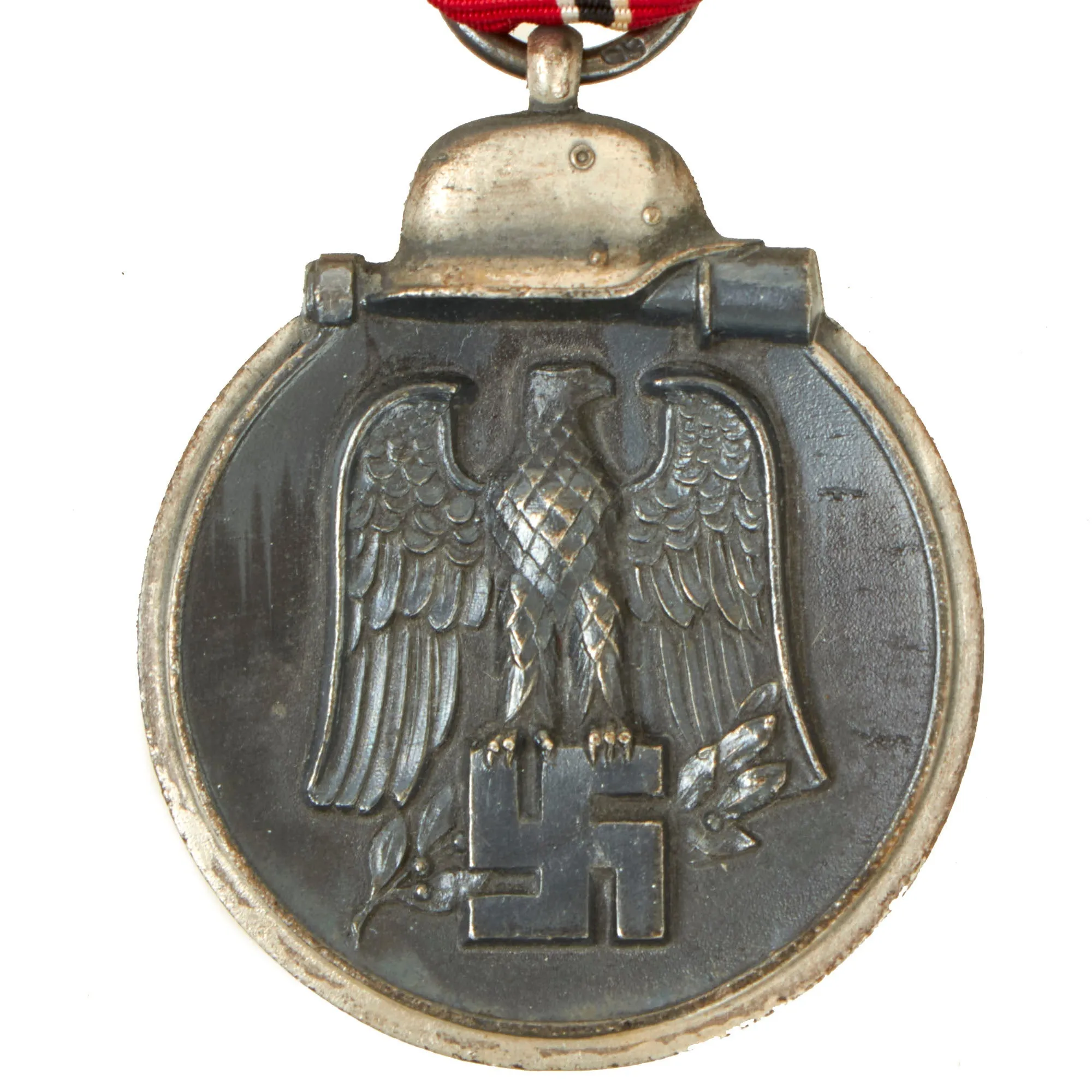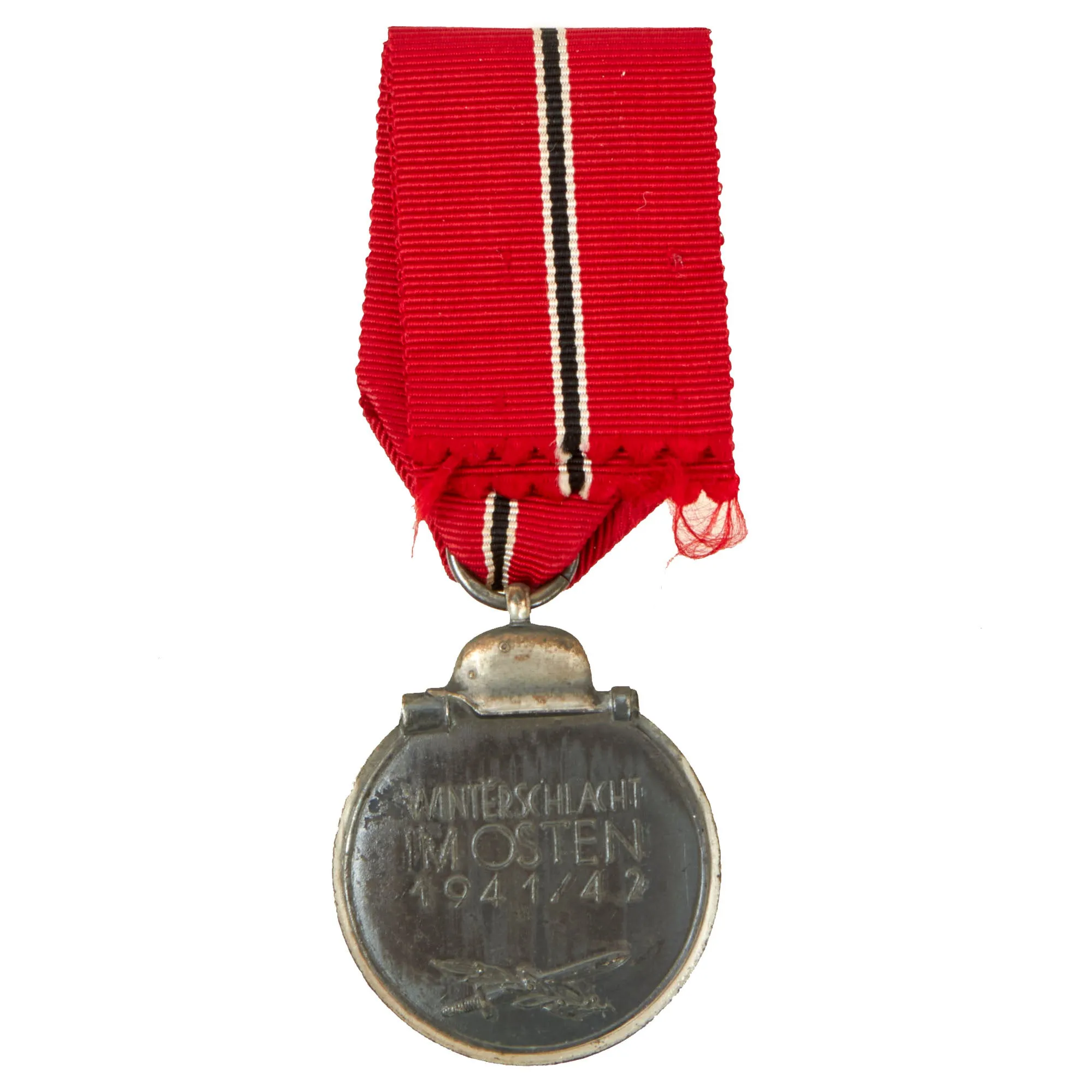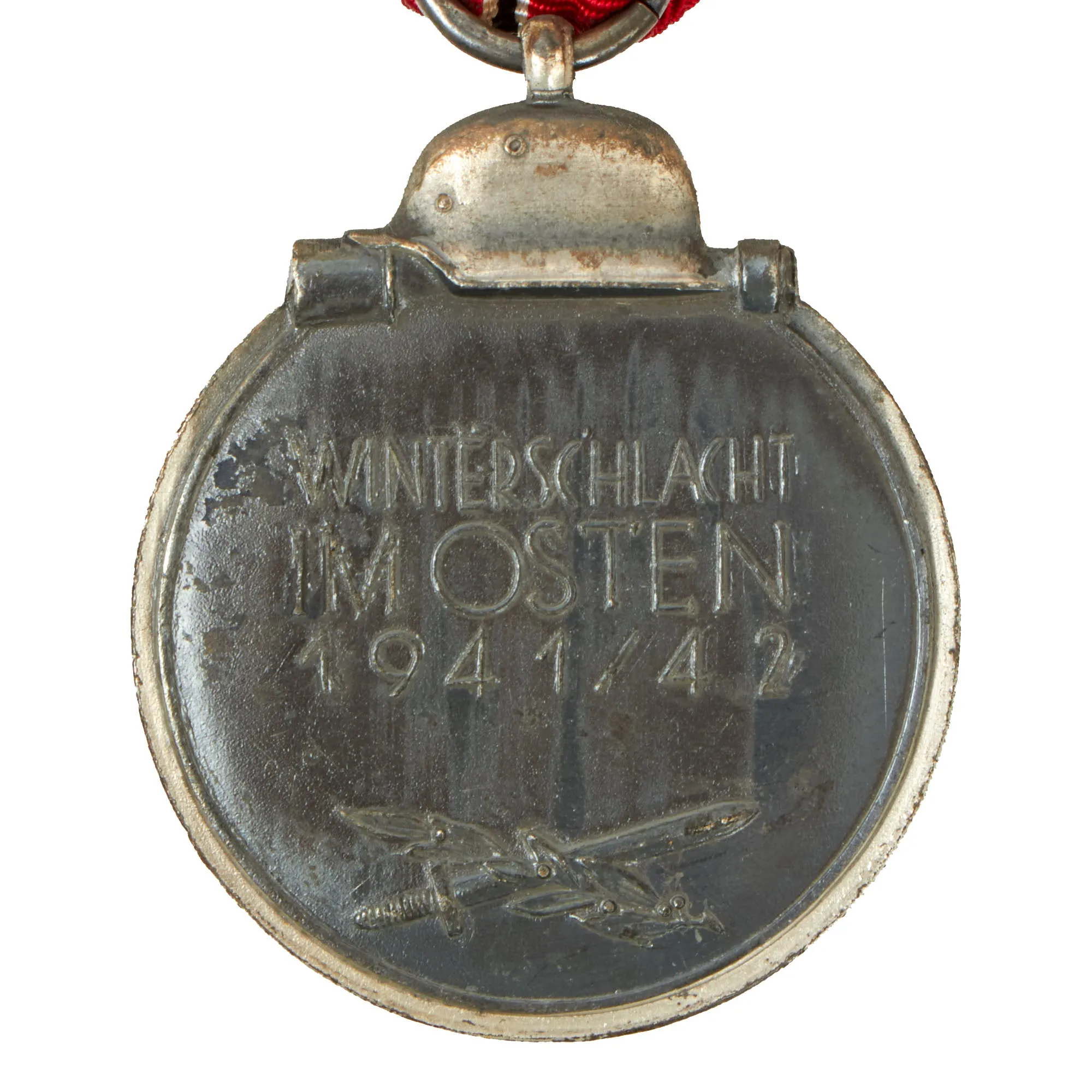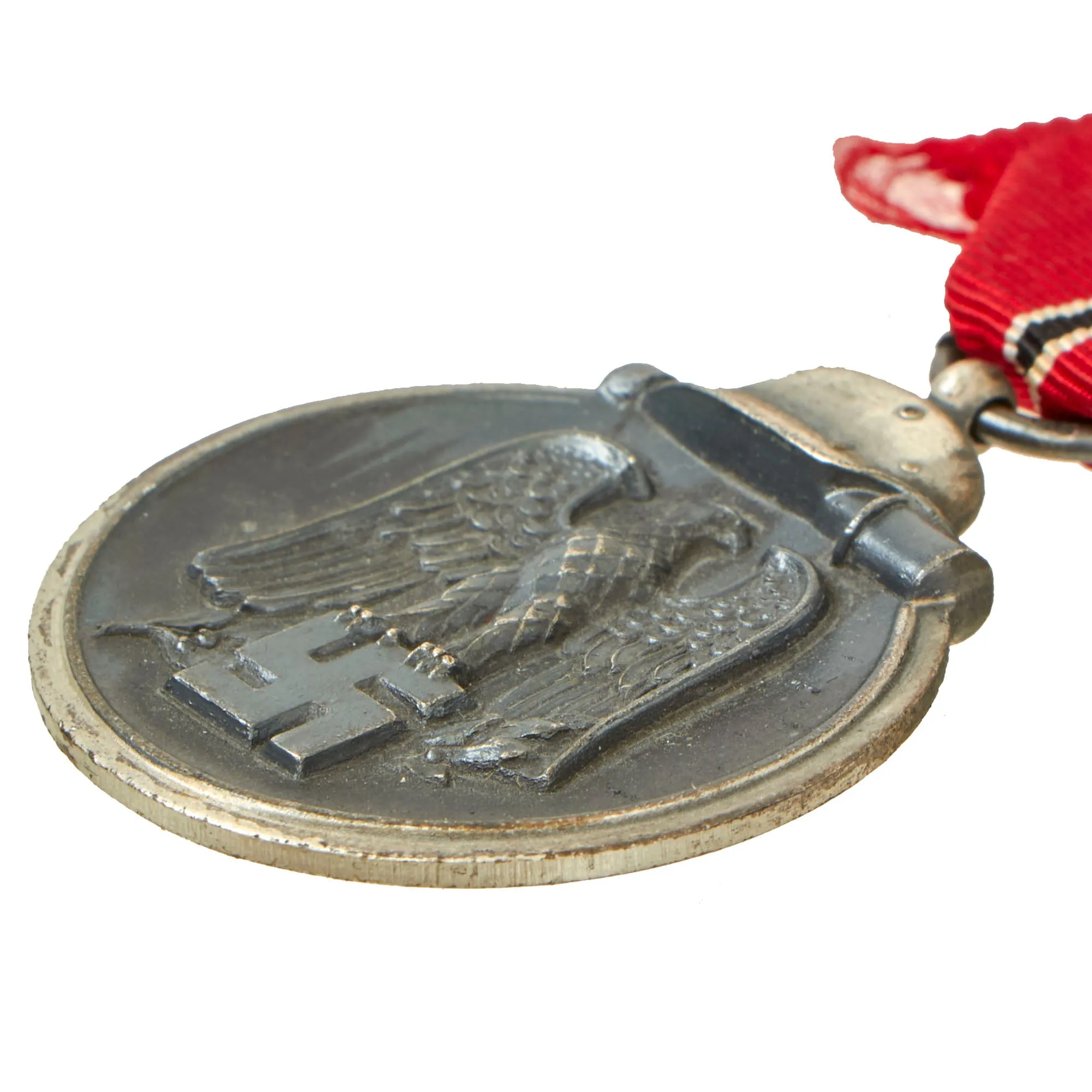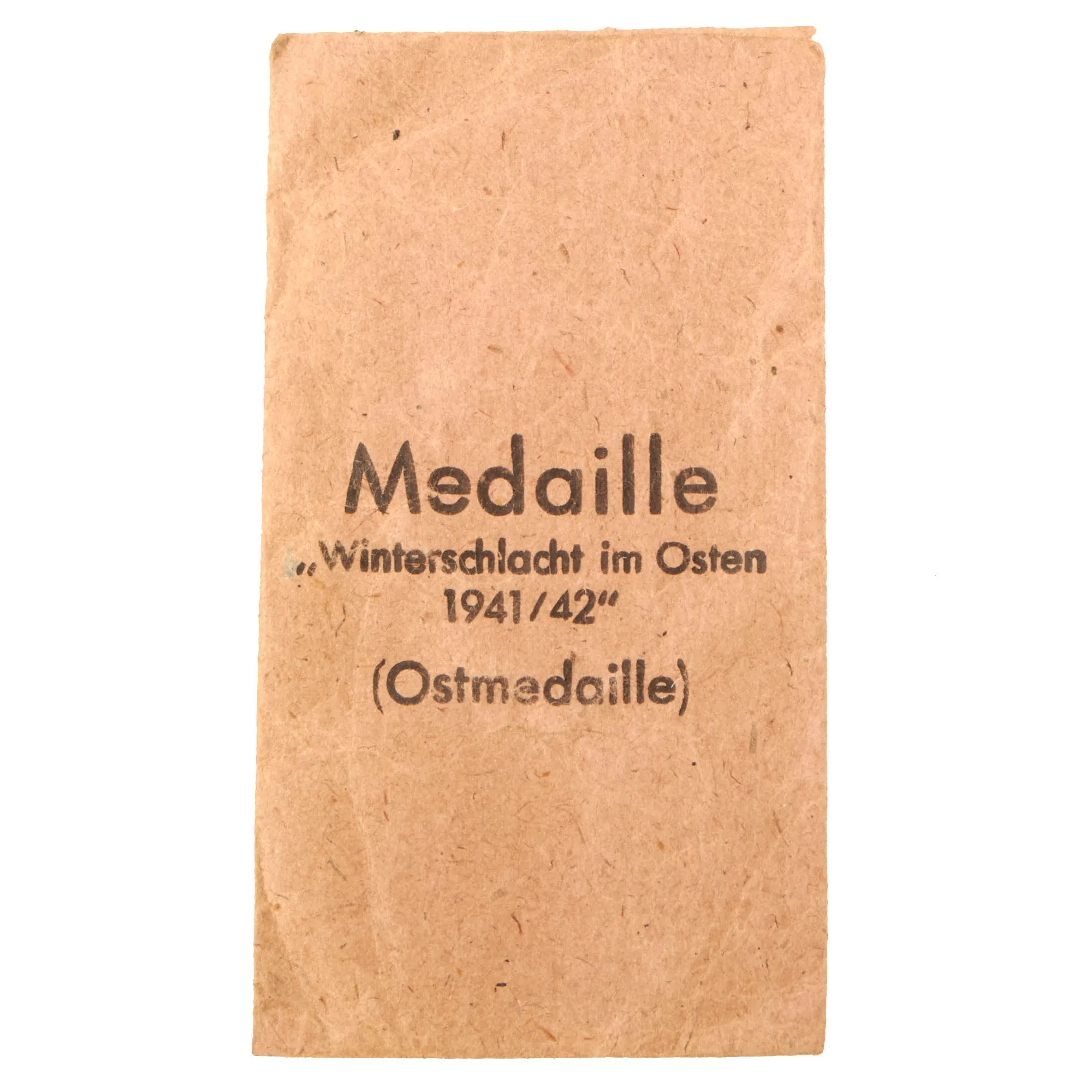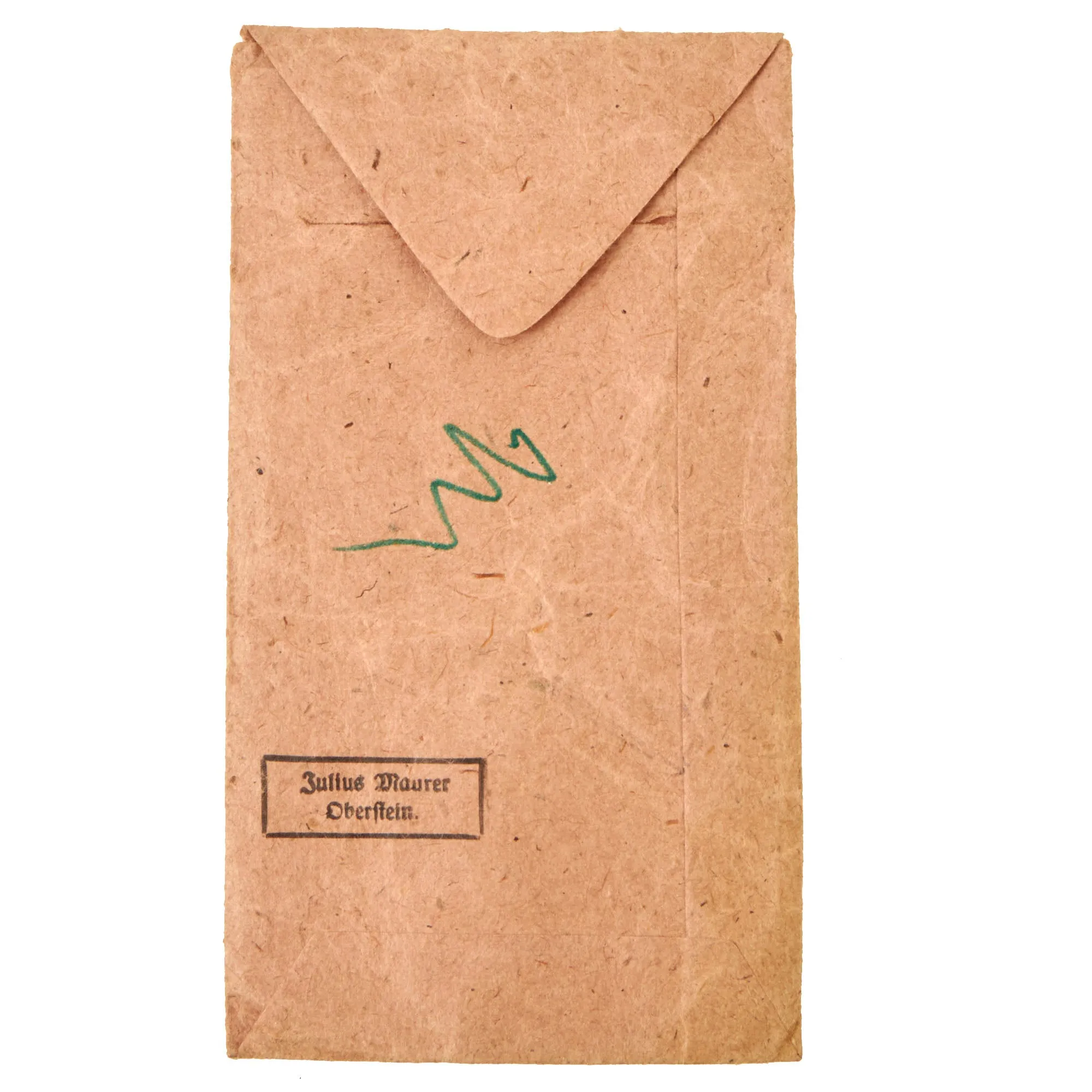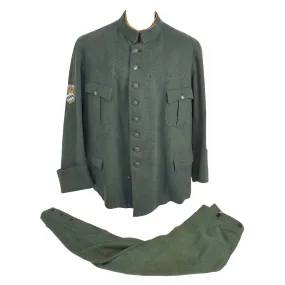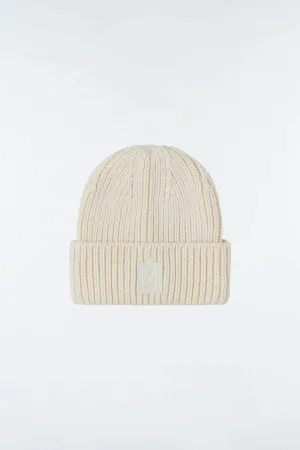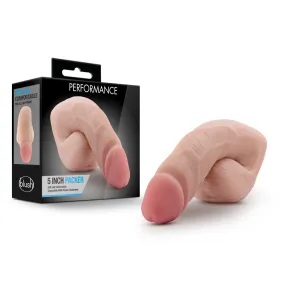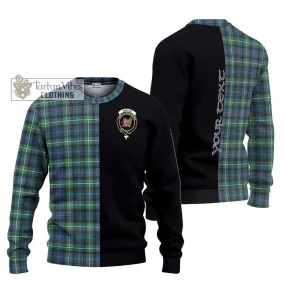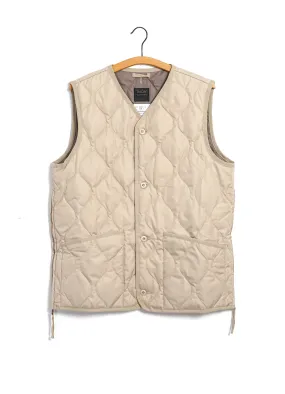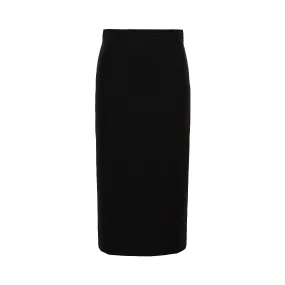Original Items: Only One Available. The Eastern Front Medal, officially the Winter Battle in the East 1941–42 Medal (Medaille Winterschlacht im Osten 1941/42) was a World War II German military decoration awarded to both German and Axis personnel. It was awarded to those who served on the German Eastern Front during the winter campaign period of 15 November 1941 to 15 April 1942 It was instituted on 26 May 1942 and was commonly known as the Ostmedaille (East Medal) or Russian Front Medal.
The medal was wryly called the Frozen Meat Medal or the "Order of the Frozen Flesh" (German: Gefrierfleischorden) by Heer, Luftwaffe and Waffen-SS personnel to whom it was awarded.
This excellent example shows only light oxidation and wear to the medal, which still has the silver border and helmet, with an oxide finished interior. It has very nice original ribbon threaded through the hanger loop, which shows just a bit of fraying on the end. The hanger loop is also marked with Präsidialkanzlei des Führers Lieferant (Presidential Chancellery Supplier) number 65, which represents maker Klein & Quenzer A.G. of Idar-Oberstein.
The medal comes with an original sturdy paper packet, just like they were originally distributed. The front exterior indicates the contents:
Medaille
„Winterschlacht im Osten
1941/42“
(Ostmedaille)
The rear indicates the maker as Julius Maurer / Oberſtein, which does not match the medal, but it is possible that there was a subcontract arrangement, as both makers are in the same city.
Overall a very nice set from Germany's WWII Eastern Front. Ready to display!
Qualification
Armed service personnel qualified for the badge after a minimum of 14 days served in active combat; 30 combat sorties for Luftwaffe members; 60 days of continuous service in a combat zone; being wounded or suffering a "frozen limb", severe enough to warrant the issue of a Wound Badge. The medal could be awarded posthumously.
On 20 January 1943, the qualifications for the award changed to include both combatant and non-combatant personnel (including females) in the Wehrmacht. Also, foreign members of Wehrmacht units; personnel killed or missing in action and civilians working in area factories.
Geographic limits were placed on its award of east of Ukraine and Ostland or in the Finland area, east of the original 1940 Russo/Finnish border. It was officially decommissioned by Oberkommando der Wehrmacht on 4 September 1944.
Description
The design of the medal approved for the award was from a contemporary serving soldier, SS-Unterscharführer Ernst Krauit Measuring 3.6 cm (1.4 in) in diameter, of (generally) zinc construction, the medal was given a gun-metal colored coating. The concave obverse side features a national socialist eagle grasping a swas with laurel behind. The reverse features the text in capital letters: "WINTERSCHLACHT IM OSTEN 1941/42" ("Winter Battle in the East 1941/42") featuring a crossed sword and branch below the text. A helmet and stick grenade below the medal loop as well as outer ring were finished in a polished silver effect. The medal measures approximately 44mm by 36mm.
A ribbon that accompanied the medal featured a central white-black-white (white for snow, black for the fallen soldiers) stripe with red (for blood) either side. The medal and ribbon were presented in a paper packet with the name of the medal on the front and the maker name on the reverse. The medal was officially decommissioned by Oberkommando der Wehrmacht on 4 September 1944.
Like the Iron Cross Second Class (EK2), the medal's ribbon was to be worn on the second buttonhole of the uniform tunic. As the war progressed, millons of soldiers received the EK2 and those who had received both awards wore the EK2 ribbon in preference to that of the Eastern Front Medal.

